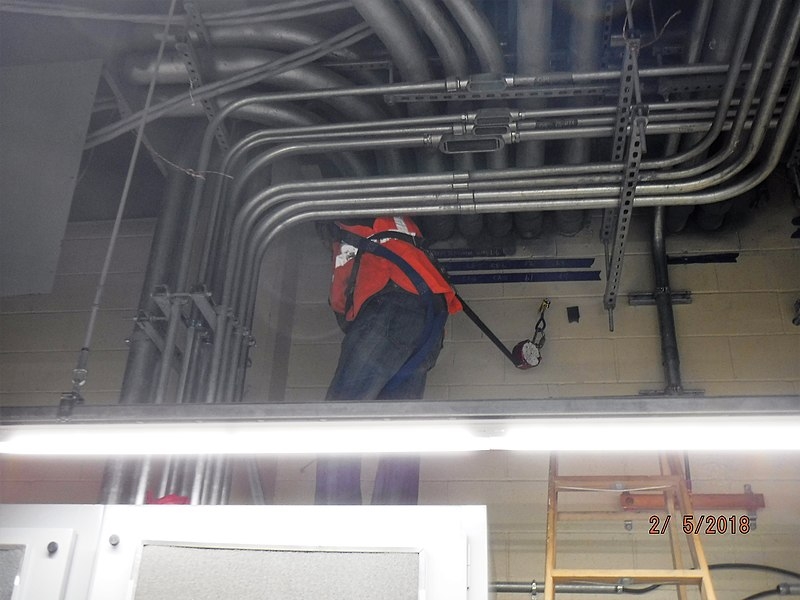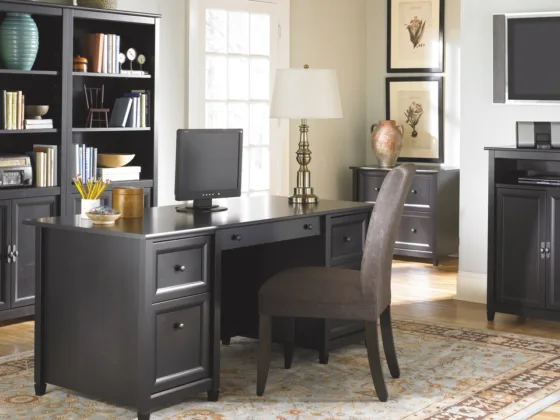Table of Contents Show
A raceway or pipe system that protects wires and cables from collision, moisture, and fumes is known as an electrical conduit. It is an electrical wire channel for either electricity or communication (low voltage).
It is generally tubular, stiff, or flexible and constructed of metal (galvanized steel, stainless steel, aluminum) or non-metallic materials (plastics). Wet and dangerous regions need the use of special conduits.

What is an Electric Conduit?
Conduit is a widely used term to describe a system with a succession of electrical conductors.
The following are some of the reasons why duct systems are installed differently:
- Connect the conduit section as needed
- To serve as a bridge outlet for a conductor that has been placed
- Create cavities in conductors, especially for taps and pieces
- To offer taps for branch tube lines in particular
- To bend the hose at a 90-degree angle for the run
- To provide the conductor access to the future system and maintenance system
- To serve as a lighting fixture and electrical device mounting outlets
Installing Conduits
Two or more independent insulated wires are commonly found in conduits. This distinguishes it from cable, consisting of many wires wrapped in a protective jacket or armor. The cable isn’t usually routed via a conduit.
The complete raceway is erected in a conventional installation before the individual wires are run through the raceway, including the conduit, boxes, connections, and fittings.
Because the wires are dragged through the raceway with a flexible metal ribbon called a fish tape, electricians refer to this phase as “pulling” or “fishing.”
Fittings (which link lengths of conduit together) and connectors are specific to each kind of conduit (which join conduit to boxes).
Straight couplings and different elbows and tees, similar to plumbing fittings, are used to expand or change the direction of a conduit run. Check out online stores for your electrical supply needs.
Read Also:
Electrical Conduit Types
The material used to create the tube and its mechanical stiffness and wall thickness classify conduit systems.
After considering the cost element, the material is chosen for mechanical protection and corrosion resistance.
Wiring equipment in hazardous places must adhere to certain criteria that require prior clearance. We look at a few well-known conduits based on these considerations:
Metal Conduit Types
Metal conduit is available in various materials, including galvanized steel, stainless steel, and aluminum. Other metals are rarely used for conduit.
While a metal conduit may be used as a grounding conductor, the length of the conduit circuit is restricted; thus, it’s safer to utilize cables with a ground wire.
Rigid Metal Conduit (RMC)
RMC is a threaded tube with a thick wall. Coated steel, stainless steel, or aluminum are the most common materials used.
Connectors are screwed to the main tubes to connect the conduit. Impact and other damage are significantly reduced by using rigid metal conduit.
It can be used as a grounding conductor for short lines, although it’s recommended to utilize wiring with a grounding wire.
RMC’s stronger walls shield the wires from electromagnetic interference (EMI), harming sensitive equipment.
Electrical Metallic Tubing (EMT)
EMT is a thin-walled, unthreaded metal tube often made of coated steel. However, it can also be constructed of aluminum.
It’s a popular choice for electrical conduits in commercial structures but not commonly utilized in homes.
Clamp-type fittings that slip onto the tubing and are then fastened with a set-screw are used to join EMT. Electrical Metal Tubing is 40% lighter and 40% less costly than GRC.
Flexible Metal Conduit (FMC)
Flexible metal conduit (FMC) is normally available in widths ranging from 3/8″ to 3″; however, greater sizes are occasionally available.
It is constructed by coiling self-interlocked aluminum or steel strips into a hollow tube through which wires can be dragged.
FMC is available with a regular wall thickness (sometimes known as a full wall) or a reduced wall thickness.
Most manufacturers also make a super-flexible FMC for narrower bend radiuses, although this isn’t usually UL certified.
Intermediate Metal Conduit (IMC)
Intermediate Metal Conduit (IMC) has walls thinner than RMC but thicker than EMT, as the name indicates. As a result, IMC’s importance is shared by RMC and EMT.
Intermediate Metal Conduit can be threaded or unthreaded for use with clamp-type fittings. Steel is commonly used for IMC, and it can be coated.
Non-Metal Conduit Types
Electrical Nonmetallic Tubing (ENT)
ENT is a flexible, thin-walled corrugated tube that can be bent without the use of special equipment, but it will not retain the bend indefinitely.
Because it can be routed around barriers without cutting and welding the pipe, it is easier to install than RNC. Special ENT connectors are utilized, usually, snap-in connections that aren’t waterproof.
Liquid-Tight Flexible Nonmetallic Conduit (LFNC) is also available for usage where the conduit will be exposed to moisture.
Rigid Nonmetallic Conduit (RNC)
RNC is the lightest and most cost-effective conduit on the market. Fittings are placed onto the tube and welded using a solvent quicker than metal conduit fittings.
Furthermore, the welded seams are completely watertight. The plastic conduit may be bent in the field by heating it with specific equipment.
It is usually offered in schedule 40 or 80 pipes, but various diameters and wall thicknesses are also available. Greater-heavy wall thicknesses are also available for situations requiring extra protection; however, thicker walls make the conduit more difficult to bend.
The biggest drawback is that plastic conduits can not withstand collisions and metal conduits. Furthermore, because plastic conduits cannot be used for grounding, a grounding conductor must be drawn simultaneously with the other conductors.
FAQS
What are the Three Different Kinds of Wire?
There are three types of wire used:
- A live circuit (red color)
- A wire that serves as a neutral (black color)
- A grounding wire (green)
I’m Not Sure if I Should Use Metal or Plastic Conduit
PVC is a corrosion-resistant polymer that holds up well in alkaline settings, saltwater settings, and chemical processing.
However, it has the drawback of not having grounding capabilities and not being a metal conduit.
All PVC conduits have an extra grounding wire installed by every electrician to avoid this.
Conclusion
An electric conduit is an electrical tube used to protect and route electrical wires. According to the intended application, they can be built of several materials, including plastic, metal, fiber, and burned clay.
Electricians usually install it at the electrical equipment’s location. The US National Electrical Code specifies the standards controlling the conduits’ usage, shape, and installation details (NEC).









